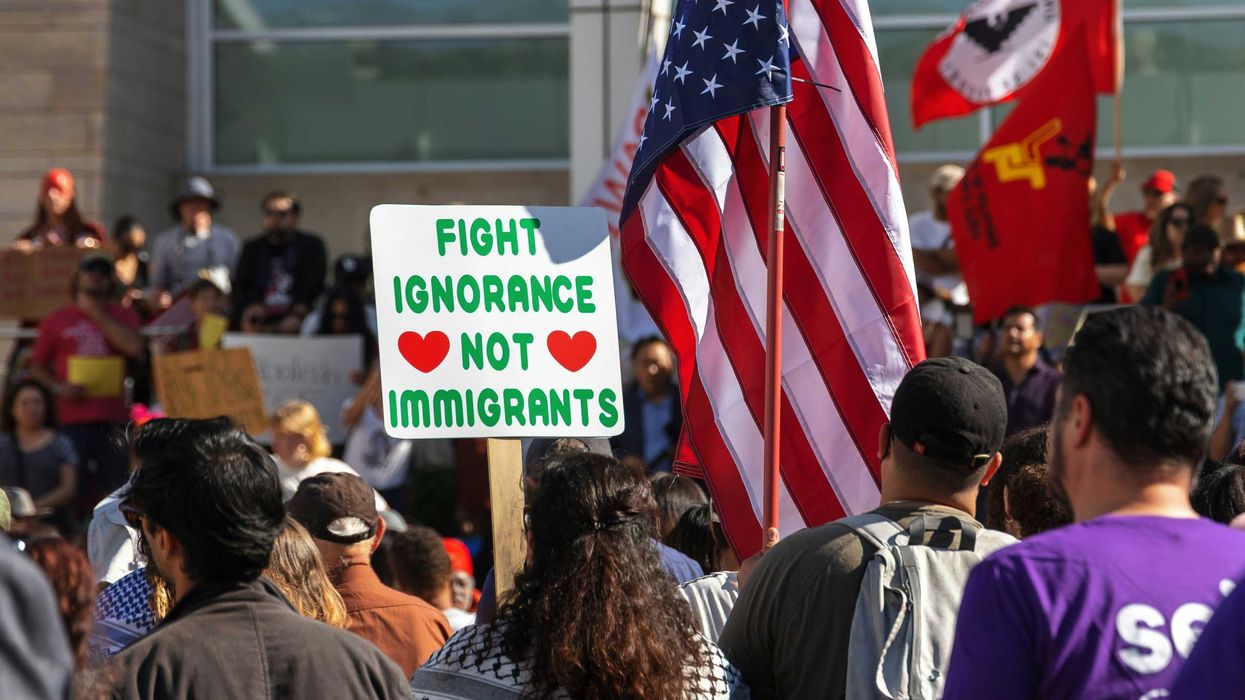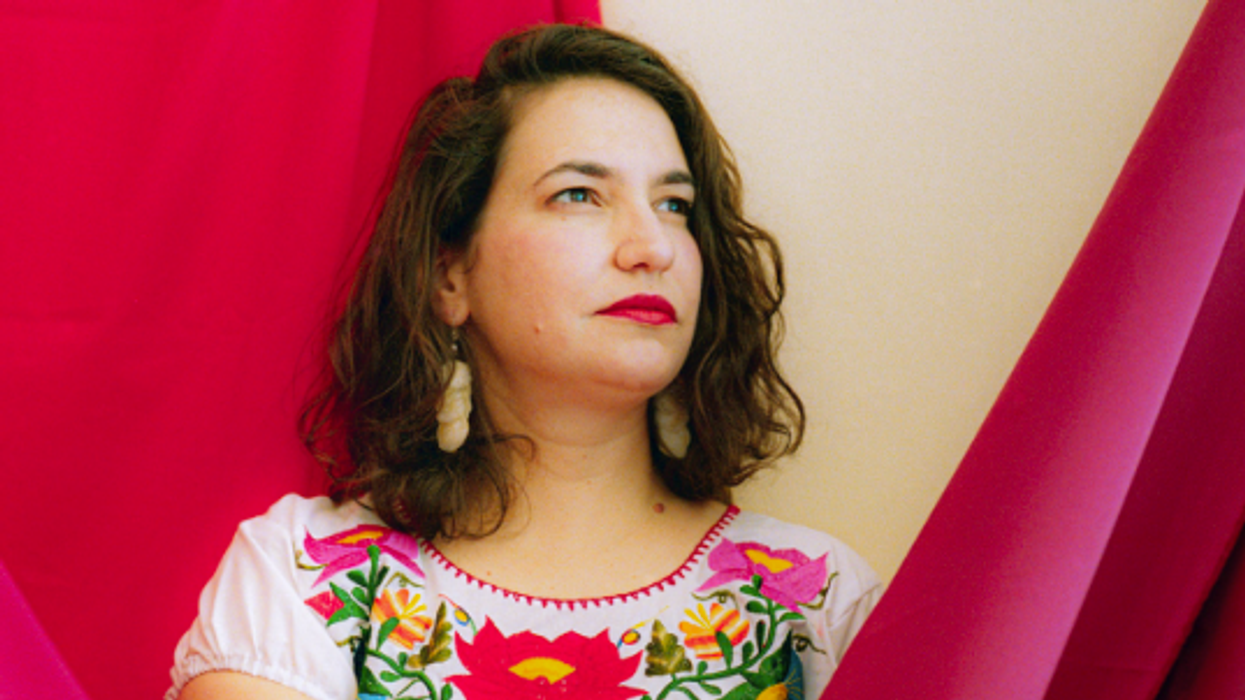Breslin is the Joseph C. Palamountain Jr. Chair of Political Science at Skidmore College and author of “A Constitution for the Living: Imagining How Five Generations of Americans Would Rewrite the Nation’s Fundamental Law.”
This is the latest in a series to assist American citizens on the bumpy road ahead this election year. By highlighting components, principles and stories of the Constitution, Breslin hopes to remind us that the American political experiment remains, in the words of Alexander Hamilton, the “most interesting in the world.”
Since 1958, the Pew Research Center has unfailingly tracked the public’s trust in government. It ain’t pretty. From a high during the early days of Lyndon Johnson’s administration, when roughly eight in 10 Americans proclaimed they had faith in Washington, to this very moment, when less than 20 percent say the same thing, the last six decades have witnessed a steady decline of Americans’ confidence in their federal institutions. Today, we are living in the most cynical, contemptuous and pessimistic era in modern history.
The reason for such gloom is varied. One study points to a sort of cyclical explanation: “negative perceptions of the economy, scandals associated with Congress, and increasing public concern about crime each lead to declining public trust in government. Declining trust in government in turn leads to less positive evaluations of Congress and reduced support for government action to address a range of domestic policy concerns.” Another study suggests the media, including social media, is partly to blame. Still another offers an interesting take that individualism, isolation, and the decline of America’s civic organizations has exacerbated suspicion and distrust. The answer is no doubt a combination of all of these factors – and many, many more.
One contributing factor that doesn’t get a whole lot of attention is our impulse to brood. Known as the negativity bias, humans are hardwired to “register” and to “dwell on” negative stimuli. All else being equal, in other words, our minds will gravitate to the negative.
In the political arena, such insight was broadly captured by James Madison in “Federalist 51.”
“What is government itself,” he wondered, “but the greatest of all reflections on human nature? If men were angels, no government would be necessary. If angels were to govern men, neither external nor internal controls on government would be necessary.”
Political officials are certainly not angels — then or now — and so we require “external controls” like constitutions, checks and balances, bills of rights, frequent elections, federalism, popular sovereignty and so on to prevent various forms of tyranny. The American political system is among the most intricate in the world, and that is because the Framers understood that humans are more likely to display demonic behavior than angelic. Sad as it sounds, the most elegant and successful political design in the history of the world was erected on a foundation of skepticism, apprehension and doubt.
None of us can escape our instincts, and thus none of us can fully dodge our negativity bias. But we can harness it and we can assemble our own personal “external controls” that, in the political setting at least, might reverse our collective reflex to distrust. We should begin with manageable undertakings. Commit to spending a week watching broadcasts from the opposite side of the partisan divide ... and really listen to those broadcasts. Enter into a conversation with someone from the opposite political party ... and endeavor to “ meet them where they are.” Remind oneself that political foes are just trying to locate a place for themselves in the political commotion and that most just want to tell their story and have others hear it.
Then attempt a few more ambitious endeavors. Kevin Frazier’s idea to switch to “no party preference” is a good one. If that doesn’t feel right, drop your Republican or Democratic party affiliation and register as an independent. How about shifting a few donor dollars from political parties or favored candidates to nonpartisan organizations that promote democracy, justice and equality? (The Fulcrum is an excellent place to start, but so is the Center for Civic Education or my favorite, the Robert H. Smith Center for the Constitution at James Madison’s Montpelier.) Of course, we should all join bowling leagues too.
And then there are the long-term ventures, the ones that, together with the personal projects above, will reshape the entire political landscape. I’m talking about structural changes to the body politic, architectural transformation that will bring about a new and modernized political system: Term limits for members of Congress, reimagining the way we elect our president, fixing the appallingly undemocratic Senate. Introducing these and other reforms would represent a renewal, a political recalibration for the 21st century. And even if our efforts ultimately fail (because politicians don’t want to modify a system that perpetuates their power, for example), we could really use the level of engagement that dialogue on this topic brings about. Let’s amend the Constitution to foster faith.
When viewed on the Pew chart, the steady downward trend of America’s trust in government looks strikingly like the celestial arc of a setting sun. It calls to mind a famous story that emerged from the final day of the Constitutional Convention.
The date is Sept. 17, 1787, and Madison is waiting for his turn to sign the newly drafted Constitution. Autographing the parchment will be the last act in a four-month production that will forever change the world. The “father of the Constitution” stands behind an aging and feeble Benjamin Franklin, who, Madison recounts, is staring at the chair that bore George Washington throughout the proceedings.
Made from mahogany by a master cabinetmaker, this Chippendale chair is exquisite. The back splat is ornate, the seat is covered in the finest leather. But Franklin is peering at the crest rail, the very top of the chair that supported General Washington’s head. Carved at the center of that crest rail is a half sun, an intricate and striking ornament to a magnificent piece of furniture. The sun’s rays are embellished in gold, as are the forehead, eyes and nose of the sun’s most pleasant face. All in the delegation would have been awed by its beauty.
Franklin begins to speak. “Painters,” he says, “have found it difficult to distinguish in their art a rising from a setting sun. I have, often and often in the course of the Session, and the vicissitudes of my hopes and fears as to its issue, looked at that behind the President without being able to tell whether it was rising or setting. But now at length I have the happiness to know that it is a rising and not a setting Sun.”
The sun will rise again on the American republic. If we have faith.



















